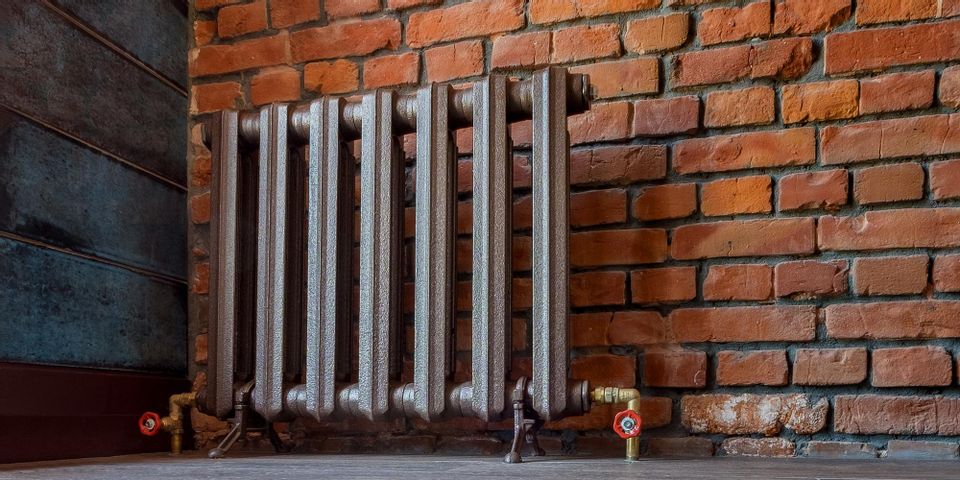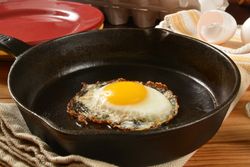Everything You Need to Know About Cast Iron

When reaching for a pan that goes from cooktop to oven, you might choose a cast-iron skillet. Your car may have an engine block made of cast iron. A cast-iron radiator might heat your historical home. However, like most people, you may not know that much about this common metal. Here’s all about its background, how it’s used, and tips for recycling it.
Origins
Cast iron is an iron alloy, meaning it is made up of more than purely iron. It also contains carbon, silicon, manganese, and small amounts of additional inorganic materials. A heating process liquefies rocks and minerals, and the mixture is reduced to extract iron. The molten iron is then poured into blocks, which are melted again into molds to produce useful objects.
Cast iron originated in China during the sixth century, and it started being produced in Europe in the 1400s. It was less expensive than wrought iron, but it was also less pliable. Over the next 500 years, its popularity spread as people enhanced its malleability and strength.
Uses
 Known for its durability, rust and corrosion resistance, ability to withstand high temperatures, and heat retention, cast iron has been used to create a variety of items. Here are a few examples:
Known for its durability, rust and corrosion resistance, ability to withstand high temperatures, and heat retention, cast iron has been used to create a variety of items. Here are a few examples:
- Automotive parts
- Cookware
- Bathtubs and sinks
- Radiator heating
- Pipes
- Buildings and bridges
Today, cast iron is most widely known for its use in cooking and baking. Cast-iron pans, pots, skillets, and Dutch ovens continue to be popular with home cooks, professional chefs, and campers alike.
You may find some cast-iron tubs and sinks in older homes, but many of these fixtures have been replaced due to health concerns over possible lead contamination from their enamel or porcelain coatings. Cast-iron tubs and sinks are now available with lead-free coatings.
Disposal
Perhaps you want to replace your old cast-iron pipes with newer PVC materials, your skillet has finally cracked, or you’re renovating an older home. Instead of throwing away those fixtures or pieces of cookware, recycle them.
The process of recycling can give cast iron a new life in a multitude of products, helping to conserve materials and energy. Iron may be recycled repeatedly, making it a sustainable and environmentally friendly resource for manufacturing. Only a small number of curbside recycling services accept the material, but it’s easy to drop off at many scrap yards and recycling centers—some may even pay you for it.
Recycle your cast iron, steel, aluminum, copper, and other metals at David Hirschberg Steel & Recycling Center in Cincinnati, OH. Founded in 1913, the company features stop-in, pickup, and delivery metal recycling, as well as residential, commercial, and industrial steel services. There’s no job too big or too small; call (513) 821-0514 or visit their website to find out more.
About the Business
Have a question? Ask the experts!
Send your question

